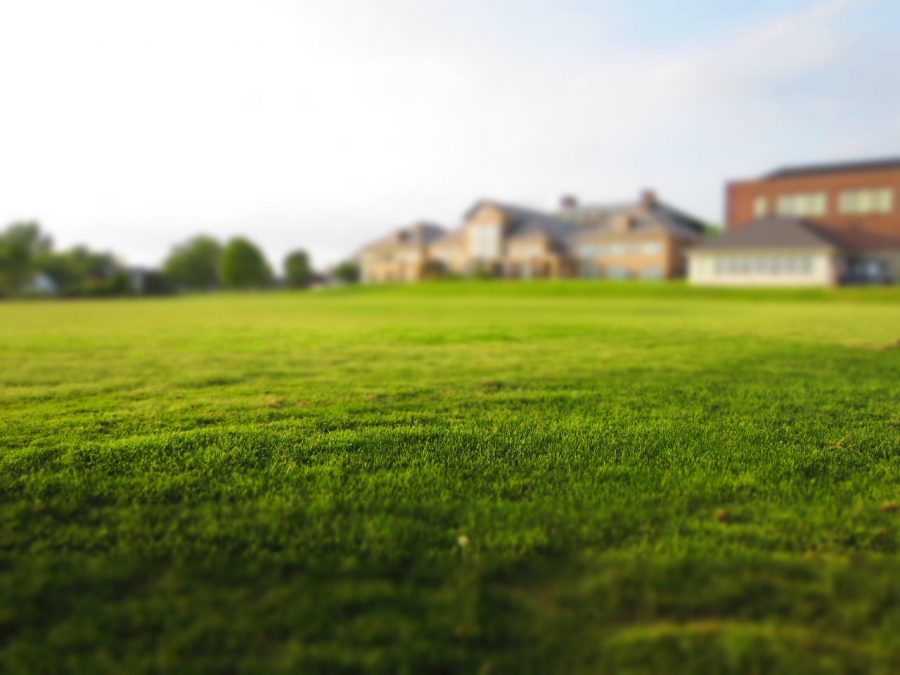Grass lawns are actually terrible; an intense critique of grass and its maintenance
September 16, 2021
The grass lawn is an inconceivable sin. It is arguably one of the biggest wastes of water in the agriculture industry, serves little to no purpose for humanity and is a general waste of time and money. Despite this, it is often a required feature of the typical suburban home.
Grass lawns are a relatively novel concept. The idea originated in Europe as a way to class signal, meaning only the wealthy elite had the lawns that, today, are both expected and constantly enforced to many. Then, just as they brought disease upon North American Natives, the European colonists carried the heinous grass with them, spreading a multitude of invasive species throughout the continental United States.
Just as in Europe, American grass lawns were not yet the general living standard. It was not until after the Civil War that lawn standards began spreading to the average American. As the goal of the “American Dream” rose amongst citizens, so did the amount of time and energy spent on lawn maintenance. Now, there is more grass than any other irrigated crop grown in America. This is a problem.
Besides the money required to keep grass lawns in pristine condition, the products used for upkeep puts an incredible strain on the environment. States such as California are already facing intense drought, and needlessly wasting water to maintain such a useless plant is utter asinine. Fertilizers are used consistently, leading to runoff in waterways. This nutrient excess causes eutrophication and, consequently, red tide.
Suburbia itself is a problematic American ideal contributing to grass lawns. The idea to live somewhere lying in between urban and rural is also relatively new and wastes too much energy to be maintained long term. By rapidly expanding these communities, grass lawns continue to take up space; space that could be used for edible gardens and plants that actually contribute to beneficial ecosystems.
Multiple studies have found that around $40 billion is how much Americans collectively spend on maintaining lawns. This money could be spent feeding the homeless, supporting public education or, honestly, on anything else except for growing and trimming bermudagrass.
Americans must realize they are maintaining an aesthetic that does not serve their country any good; this is not an act of patriotism, but sabotage. Exploring alternatives and planting grass native to one’s location will save water and benefit ecosystems. Homeowners associations should reevaluate their rules regarding lawn maintenance, and allow neighborhood residents to explore other options.
Protesting a seemingly harmless staple in American life may sound silly, but the land that represents so much to the American people deserves a lot better.




Kate Carey • Sep 17, 2021 at 9:51 pm
Very interesting point of view! I like your argument 🙂